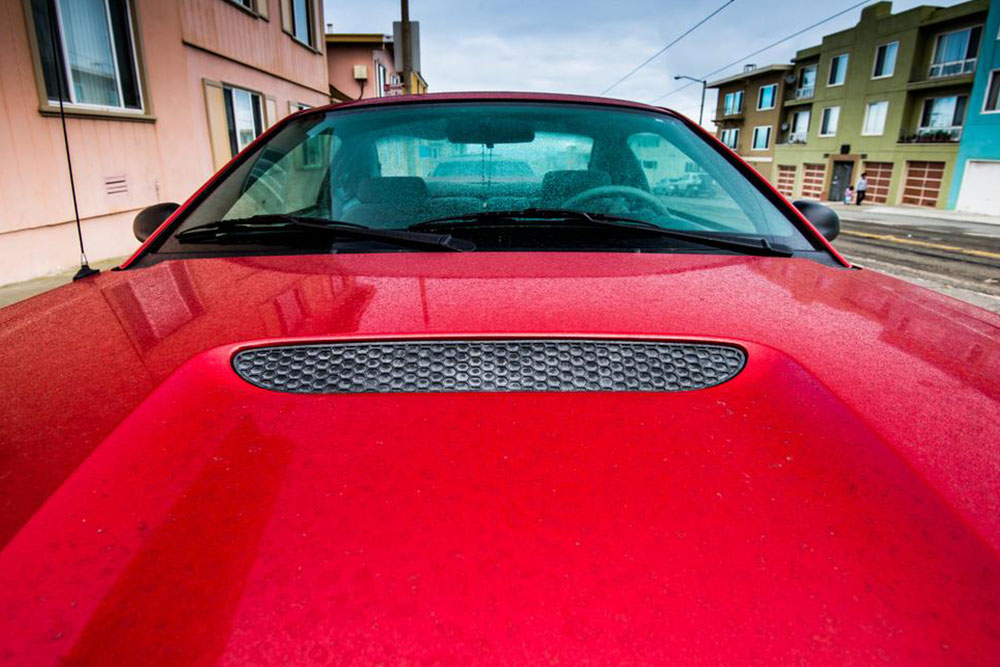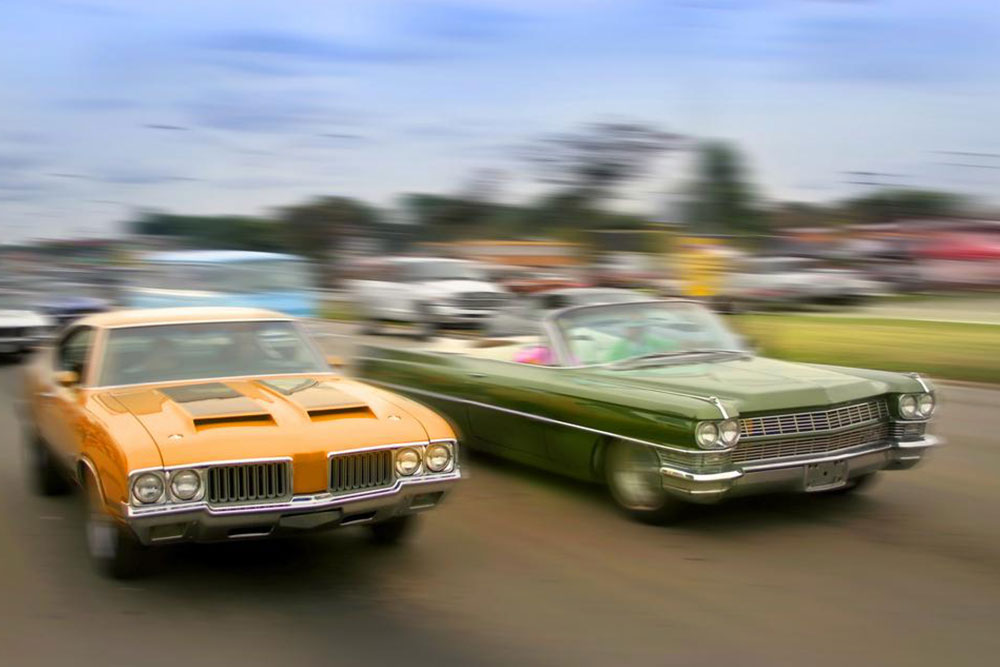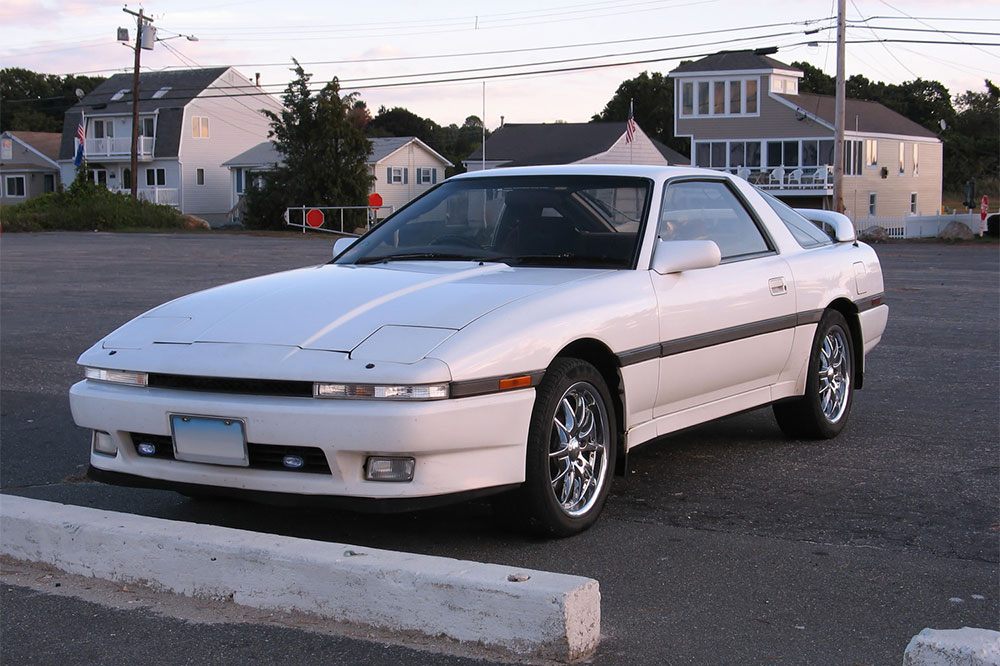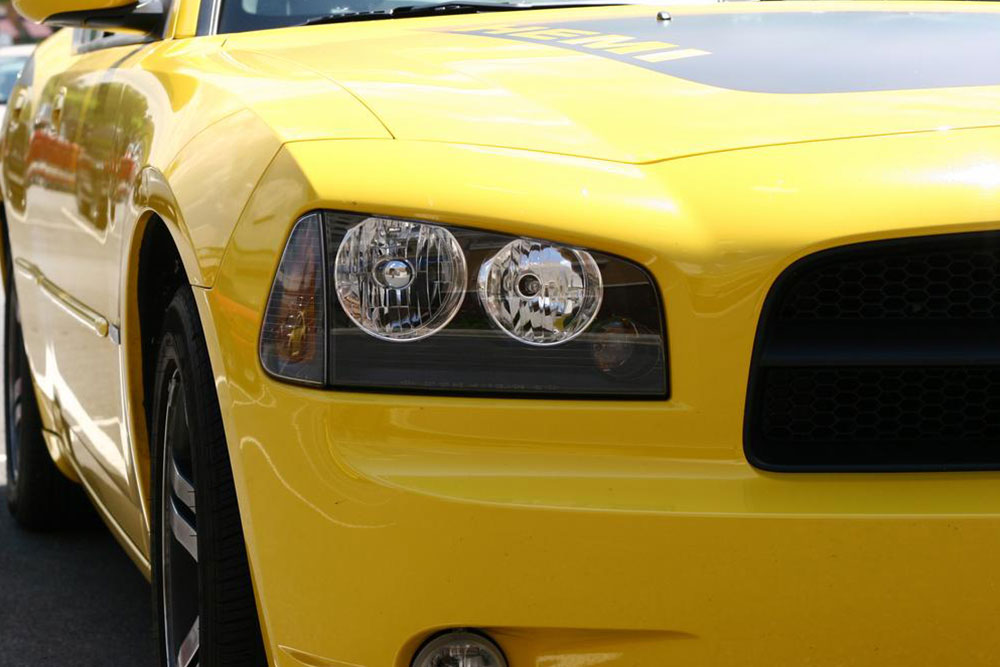The Comprehensive History and Future of the Plymouth Barracuda: From Classic Muscle Car to Modern Performance Icon
Discover the rich history of the Plymouth Barracuda, from its origins as a compact muscle car to its anticipated modern revival. This article explores its design evolution, performance milestones, cultural impact, and future prospects, highlighting why the Barracuda remains an icon in American automotive history and beyond.
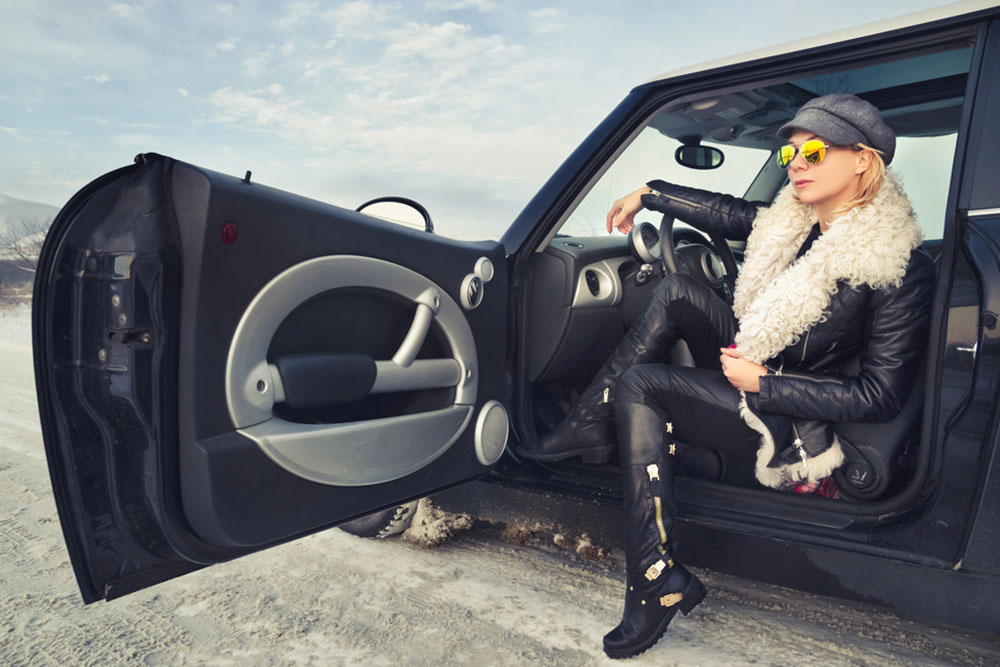
The Evolution and Legacy of the Plymouth Barracuda
The Plymouth Barracuda holds a distinguished place in American automotive history as one of the most iconic muscle cars of the 1960s and early 1970s. Its fascinating journey from inception to its anticipated modern revival exemplifies American engineering innovation and the enduring popularity of classic muscle cars. Starting from modest beginnings as a compact car with a focus on sporty performance, the Barracuda quickly gained a reputation for its aggressive styling, powerful engines, and versatility. This article delves into the detailed evolution of the Plymouth Barracuda, exploring its design changes, performance upgrades, cultural impact, and the exciting prospects for its upcoming reinvention.
Initially launched in 1964 by Plymouth, a division of Chrysler Corporation, the Barracuda was designed to compete directly with Ford’s Mustang and Chevrolet’s Camaro. Its first-generation models boasted a sleek, fastback design with a lightweight body that prioritized agility and speed. Powered initially by a 6-cylinder engine, the early Barracudas quickly garnered attention for their sporty feel and affordability. Over the years, the model underwent significant modifications, evolving into a high-performance machine with a range of engine options, including potent V8s that made it a favorite on the drag strip and racing circuits.
Early Years and First-Generation Barracuda (1964-1966)
The first-generation Plymouth Barracuda debuted in April 1964 for the 1965 model year. Its design was distinct from other muscle cars, featuring a fastback roofline, a broad grille, and aggressive stance. Under the hood, early models offered a 170-cubic-inch slant-6 engine producing around 101 horsepower, making it an accessible yet exciting vehicle for young drivers and muscle car enthusiasts alike. An optional 225-cubic-inch slant-6 engine was also available, boosting performance further.
The first-generation models were praised for their compact size, lightweight structure, and sporty handling, making them perfect for street racing and enthusiastic driving. The interiors were sporty but kept within an affordable price range, which helped propel the Barracuda into popularity among muscle car fans.
Second-Generation and Expanding Body Styles (1967-1969)
The second-generation Barracuda, introduced in 1967, marked a significant step forward in both design and functionality. The new models featured a longer wheelbase, more integrated styling, and the availability of convertible options—a rare feature in compact muscle cars at the time. This generation allowed customers to choose from multiple body styles, including coupe, fastback, and convertible, expanding the vehicle's appeal.
Powertrain options increased radically during this era. Enthusiasts had access to a range of V8 engines, with displacements ranging from 273 to 383 cubic inches, producing between 180 to over 335 horsepower. The 440 cubic-inch Big Block V8 was also available in some versions, further emphasizing the model’s competitive edge in performance.
The second-generation Barracuda became synonymous with muscle car culture, often seen in racing events and car shows, and featured in movies that celebrated American car enthusiasm.
Third-Generation and the E-body Barracuda (1970-1974)
The third-generation mode, known as the E-body, debuted in 1970, representing the peak of the Barracuda's muscle car evolution. Its design was more aggressive, with sharper lines, a wider stance, and substantial enhancements in both aesthetics and performance. This iteration was designed to compete directly with other high-performance vehicles in the market, such as the Dodge Challenger and Plymouth Road Runner.
During this period, the Barracuda offered some of its most powerful engine options, including the legendary 340 cubic-inch V8 with 275 horsepower and the ferocious 426 HEMI engine, a rare and highly sought-after option today. The performance-oriented models also featured upgraded suspensions, brakes, and handling components, all aimed at delivering a thrilling driving experience.
However, mounting insurance premiums, rising fuel prices, and tightening emissions regulations began to impact the muscle car industry from the early 1970s. Despite these challenges, the Barracuda continued to be a symbol of power and style, with a devoted following that persists to this day.
The Decline and Discontinuation
By 1974, the Plymouth Barracuda was discontinued, marking the end of an era for this classic muscle car. The decline was driven by increasing insurance costs for high-performance vehicles, stricter emissions regulations, and a general shift in consumer preferences toward more practical and fuel-efficient cars. Despite its relatively brief production run, the Barracuda made a lasting impression on automotive enthusiasts and remains a prized collector's item today. The car’s distinctive styling, roaring engines, and racing heritage have cemented its legacy within American automotive history.
The Future of the Plymouth Barracuda: A Modern Revival
Looking ahead, the Plymouth Barracuda is set to make a dramatic return, with Dodge announcing plans to introduce a new Barracuda in the first half of 2024. This modern iteration aims to honor the original's spirit while integrating contemporary technologies and performance enhancements. The upcoming model is expected to feature advanced turbocharged engines, likely V6 units, with horsepower ranging from 270 to over 400 horsepower, depending on the trim and configuration.
Manufacturers are focusing on blending retro aesthetics with cutting-edge engineering, offering a vehicle that appeals to both nostalgic enthusiasts and new-generation drivers. The modern Barracuda is anticipated to include sleek body designs inspired by its legacy, high-performance features like adaptive suspensions, modern infotainment systems, and safety technologies. This rebirth reflects the ongoing popularity and cultural significance of muscle cars in the automotive market today, bridging the gap between classic American muscle and modern precision engineering.
Conclusion: The Enduring Legacy of the Plymouth Barracuda
The Plymouth Barracuda’s evolution from a compact muscle car to a symbol of American performance and design excellence highlights its unique place in automotive history. Its successive generations showcased innovation, power, and style, shaping the muscle car landscape. The forthcoming return of the Barracuda signals a new chapter in this storied legacy, promising to deliver a vehicle that respects its origins while embracing modern performance standards. Whether as a collector's item or a street-ready beast, the Barracuda continues to captivate enthusiasts worldwide and stands as a testament to American ingenuity and passion for automotive excellence.
